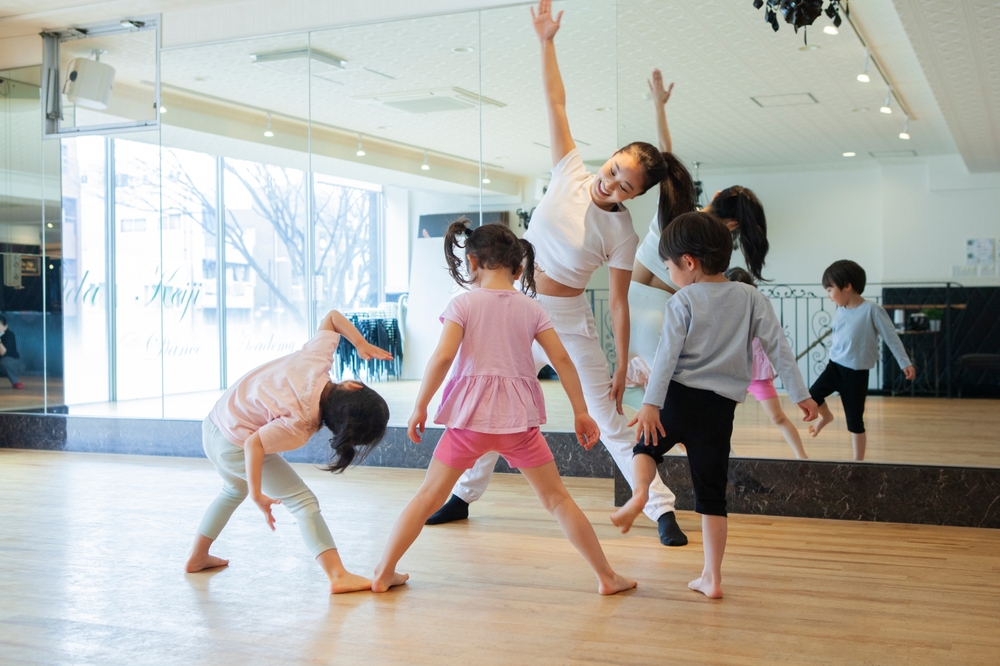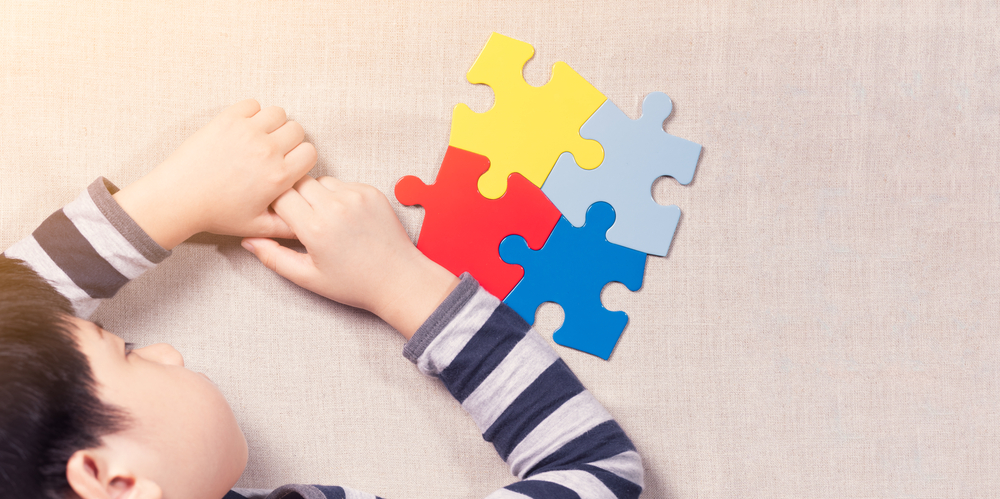To love children, first to love themselves, 3 moves to teach you to maintain the best mental state
Written by : Family Dynamics Child Play Therapist
Marriage and Family Therapist, Ms. Lee Wai Zi
In today's society, it is indeed not easy for parents to maintain a good state of mind and body. I have met with many parents and found that the difficulty most parents face is not that they do not understand their children's feelings and needs, or that they do not know how their behavior affects their children, but that it is difficult to maintain a trusting and optimistic attitude towards their children when they are in a situation. Often, parents become increasingly anxious as they worry that their child's problems will continue and worsen, and repeat ineffective ways of dealing with their child's problems.
So, how can parents maintain the best mental state to face the stress and challenges of disciplining their children? Here are some tips for parents to consider:
1. Be more sensitive to your own stress levels
Parents are human beings, so there will be times when they are depressed or physically and emotionally exhausted. The purpose of parents being sensitive to their own mental state is to remind themselves that they need to take care of their own needs first. It is difficult for parents to be sensitive and responsive to the needs of their children when they are in a highly stressed state. Conversely, inappropriate responses may harm the child and damage the parent-child relationship.
2. Use resources effectively to relieve stress
When parents feel stressed, they should try to explore and make good use of their own internal and external resources to regulate their negative emotions. For example, find family members or friends to talk to, do things that can relax you, and find positive thoughts and beliefs to encourage you. The purpose is to give yourself a proper rest and temporary relief from stress.
3. Turn your mind around and reflect
If a parent's stress continues and increases, professional help is needed. Sometimes, these pressures come from more than just external influences. Parents' self-worth, worldview, and perceptions of things can affect how we parent. For example, some parents worry that they are not doing enough to fulfill their parental responsibilities and end up pushing their children to study or participate in activities, or even that they are not flexible enough to respond to their children's needs when they are stressed and negative. If
parents are aware of and take care of their own feelings and needs, they can prevent their negative emotions from affecting the next generation.
Therefore, parents who love their children must first love themselves. Only when parents are healthy and happy can their children grow up healthy and happy.











